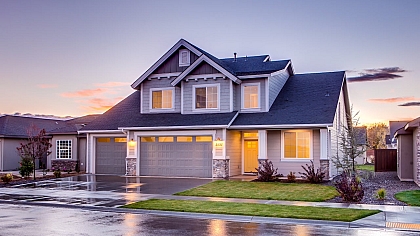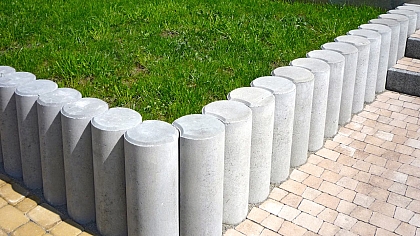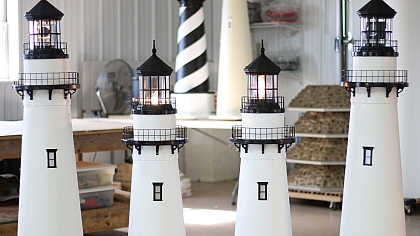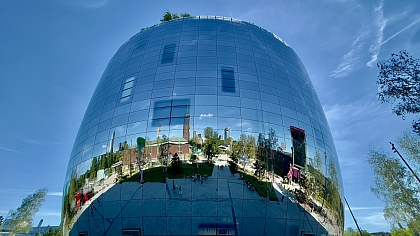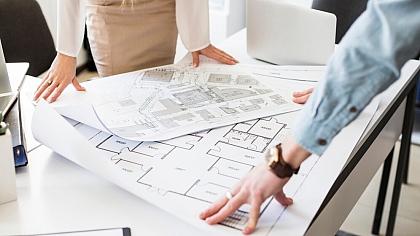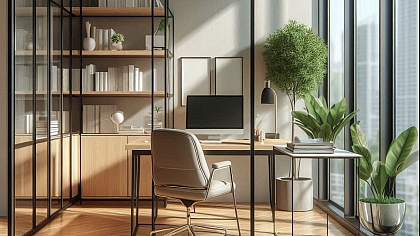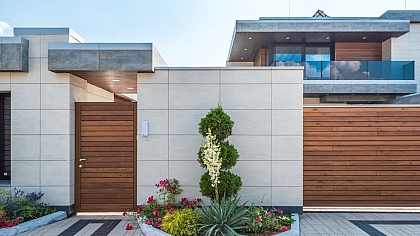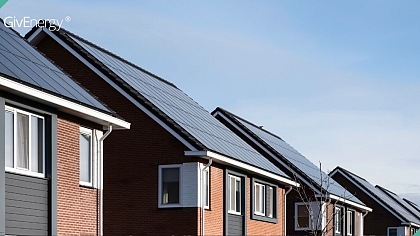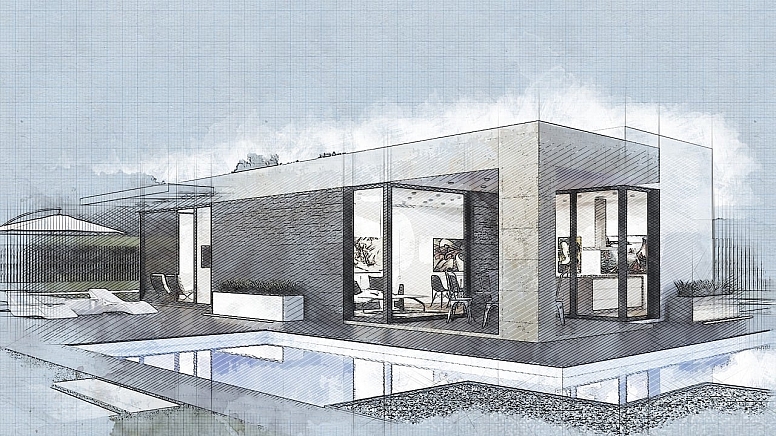
What is Modular Construction? Faster, Smarter Building Explained
Imagine building a house, but instead of starting from scratch on an empty lot, the walls, floors, and even bathrooms are made in a factory. These pieces, called modules, are then shipped to the site and put together like giant Lego blocks. This is modular construction—a faster, smarter way to build.
What You Need to Know About Modular Construction
- Built in a factory: Modules are made indoors, away from weather delays.
- Faster construction: Projects finish 30-50% quicker than with traditional methods.
- Eco-friendly: Less waste is produced, and materials are used efficiently.
- High quality: Factory conditions ensure precision and consistency.
- Versatile: Used for homes, offices, hospitals, schools, and more.
How Modular Construction Works
Modular construction is like assembling a puzzle. Instead of building everything on-site, the pieces are made in a factory and then transported to the location. Here’s how it happens:
- Design: Architects and engineers create a plan for the building.
- Factory construction: Workers build the modules in a controlled environment.
- Transportation: The finished modules are delivered to the site.
- Assembly: Workers stack and connect the modules to form the complete structure.
This method cuts down on construction time and reduces disruptions to the surrounding area.
Why Modular Construction is a Game-Changer
Modular construction offers several advantages over traditional building methods:
- Speed: Since modules are built while the site is being prepared, projects finish much faster.
- Cost-effective: Less time on-site means lower labor costs.
- Quality control: Factories use precise tools and techniques, reducing errors.
- Sustainability: Factories recycle materials and produce less waste.
For example, a school in need of quick expansion might choose modular construction to avoid disrupting classes. Similarly, a family wanting a custom home could have it built in half the time of a traditional house.
Real-World Examples of Modular Construction
- Residential homes: Many families are turning to modular homes for affordability and speed.
- Hotels: Chains like Marriott use modular construction to build new locations quickly.
- Healthcare facilities: Hospitals use modular units for quick expansions or temporary spaces.
- Schools: Modular classrooms are a popular solution for growing student populations.
Colorful Modern Container Apartments in Almere, Netherlands
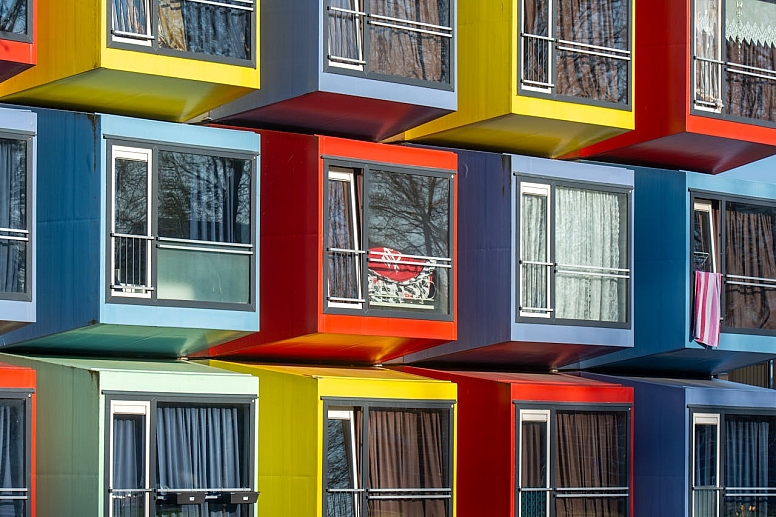
A great example of modular construction, these colourful apartments in the Netherlands are built using repurposed shipping containers, which are prefabricated off-site and then assembled into living spaces. This approach aligns perfectly with the principles of modular construction, where building components are created in a factory and then transported to the site for assembly.
The benefits of this sort of modular construction include:
- Prefabrication: The shipping containers are modified and fitted with insulation, windows, doors, and utilities in a factory setting before being transported to the construction site.
- Efficiency: Using containers speeds up the construction process, as much of the work is done off-site.
- Sustainability: Repurposing shipping containers reduces waste and makes use of existing materials, which is a key benefit of modular construction.
- Flexibility: The containers can be stacked and arranged in various configurations, showcasing the adaptability of modular design.
The Almere container apartments are not only a creative use of modular construction but also an excellent example of sustainable and affordable housing solutions. They demonstrate how modular construction can be both functional and visually striking.
Common Myths About Modular Construction
Some people think modular buildings are low-quality or boring. That’s not true!
-
Myth 1: Modular buildings look cheap.
Fact: Modular construction can be just as stylish as traditional buildings. -
Myth 2: Modular buildings are temporary.
Fact: They are built to last just as long as traditional structures. -
Myth 3: Modular construction is only for small projects.
Fact: It’s used for everything from single-family homes to high-rise apartments.
The History of Modular Construction
Modular construction isn’t a new idea. In fact, it has been around for over a century. One of the earliest examples is the Sears Catalog Homes, which were sold between 1908 and 1940. Customers could order a house from a catalog, and all the materials would be shipped to them for assembly.
Today, modular construction has evolved with modern technology. Factories now use advanced machinery and software to create precise, high-quality modules. This evolution has made modular construction more popular than ever.
The Environmental Benefits of Modular Construction
One of the biggest advantages of modular construction is its environmental impact. Traditional construction sites often produce a lot of waste, but modular construction reduces this significantly.
- Less waste: Factories recycle materials and optimize their use, reducing waste.
- Energy efficiency: Modular buildings are often designed to be more energy-efficient, with better insulation and sustainable materials.
- Reduced emissions: Since most of the work is done in a factory, there’s less need for trucks and machinery on-site, which lowers carbon emissions.
For example, a study by the Waste and Resources Action Programme (WRAP) found that modular construction can reduce waste by up to 90% compared to traditional methods.
The Role of Technology in Modular Construction
Technology plays a huge role in making modular construction efficient and precise.
- 3D modelling: Architects use 3D software to design modules with incredible accuracy.
- Robotics: Factories use robots to cut, weld, and assemble parts, ensuring consistency.
- Tracking systems: Sensors and software track the progress of each module, ensuring quality control.
These technologies make modular construction faster, safer, and more reliable.
Challenges of Modular Construction
While modular construction has many benefits, it’s not without challenges.
- Transportation: Moving large modules from the factory to the site can be difficult, especially in urban areas.
- Design limitations: While modular construction is flexible, there are some design constraints compared to traditional methods.
- Perception: Some people still think modular buildings are inferior, which can be a barrier to adoption.
However, as technology improves and more people see the benefits, these challenges are becoming easier to overcome.
The Future of Modular Construction
The future of modular construction looks bright. As technology advances and the demand for sustainable building grows, modular construction is likely to become even more popular.
- Smart homes: Modular construction is perfect for integrating smart home technology, like automated lighting and energy systems.
- Affordable housing: Modular construction can help address the global housing crisis by providing affordable, high-quality homes quickly.
- Disaster relief: Modular buildings are ideal for emergency situations, providing quick and durable shelters.
Why You Should Consider Modular Construction
If you’re planning a building project, modular construction is worth considering. It’s faster, more efficient, and often more affordable than traditional methods. Plus, it’s better for the environment.
Whether you’re building a home, an office, or a school, modular construction offers a smart, sustainable solution.
Take the First Step Today
Ready to explore modular construction for your next project? Start by researching local modular construction companies or talking to an architect who specializes in this method. The future of building is here, and it’s modular.
Frequently Asked Questions
Q: How long does modular construction take?
A: Modular projects are typically 30-50% faster than traditional construction.
Q: Are modular buildings safe?
A: Yes, they meet the same building codes and standards as traditional buildings.
Q: Can I customize a modular building?
A: Absolutely! Modular construction offers plenty of design flexibility.
Q: Is modular construction eco-friendly?
A: Yes, it produces less waste and uses materials more efficiently.
Q: How much does modular construction cost?
A: Costs vary, but modular construction is often more affordable due to reduced labor and time.
Modular construction is more than just a new way to build—it’s a smarter, faster, and greener solution for the future. Why not see how it can work for you?

